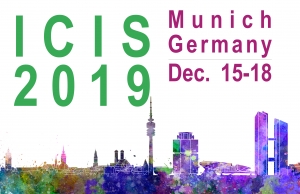Paper ID
2273
Description
In the B2B (business-to-business) environment, increasing digitalization and new technological possibilities also entail substantial changes to working methods in banking. In this context, the concept of co-creation comes to the fore. Hackathons are an efficient tool for designing co-creation events, and an increasing number of companies have been using this format to rapidly implement prototypes in recent years. However, it remains unclear what happens after the prototype is created in the co-creation process and whether it is followed by a market launch. The present study aims to bridge the current knowledge gap and to investigate barriers to go-to-market after a co-creation event. By using a case study and qualitative interviews, this study makes two contributions: a) It reveals how the co-creation event “GENOhackathon” is used in practice in the banking industry, and b) it provides new insights into the barriers to continued work on the topic after the hackathon.
Recommended Citation
Feldmann, Anna and Teuteberg, Frank, "From an idea to a prototype to a product ? Barriers after a co-creation event" (2019). ICIS 2019 Proceedings. 8.
https://aisel.aisnet.org/icis2019/future_of_work/future_work/8
From an idea to a prototype to a product ? Barriers after a co-creation event
In the B2B (business-to-business) environment, increasing digitalization and new technological possibilities also entail substantial changes to working methods in banking. In this context, the concept of co-creation comes to the fore. Hackathons are an efficient tool for designing co-creation events, and an increasing number of companies have been using this format to rapidly implement prototypes in recent years. However, it remains unclear what happens after the prototype is created in the co-creation process and whether it is followed by a market launch. The present study aims to bridge the current knowledge gap and to investigate barriers to go-to-market after a co-creation event. By using a case study and qualitative interviews, this study makes two contributions: a) It reveals how the co-creation event “GENOhackathon” is used in practice in the banking industry, and b) it provides new insights into the barriers to continued work on the topic after the hackathon.


